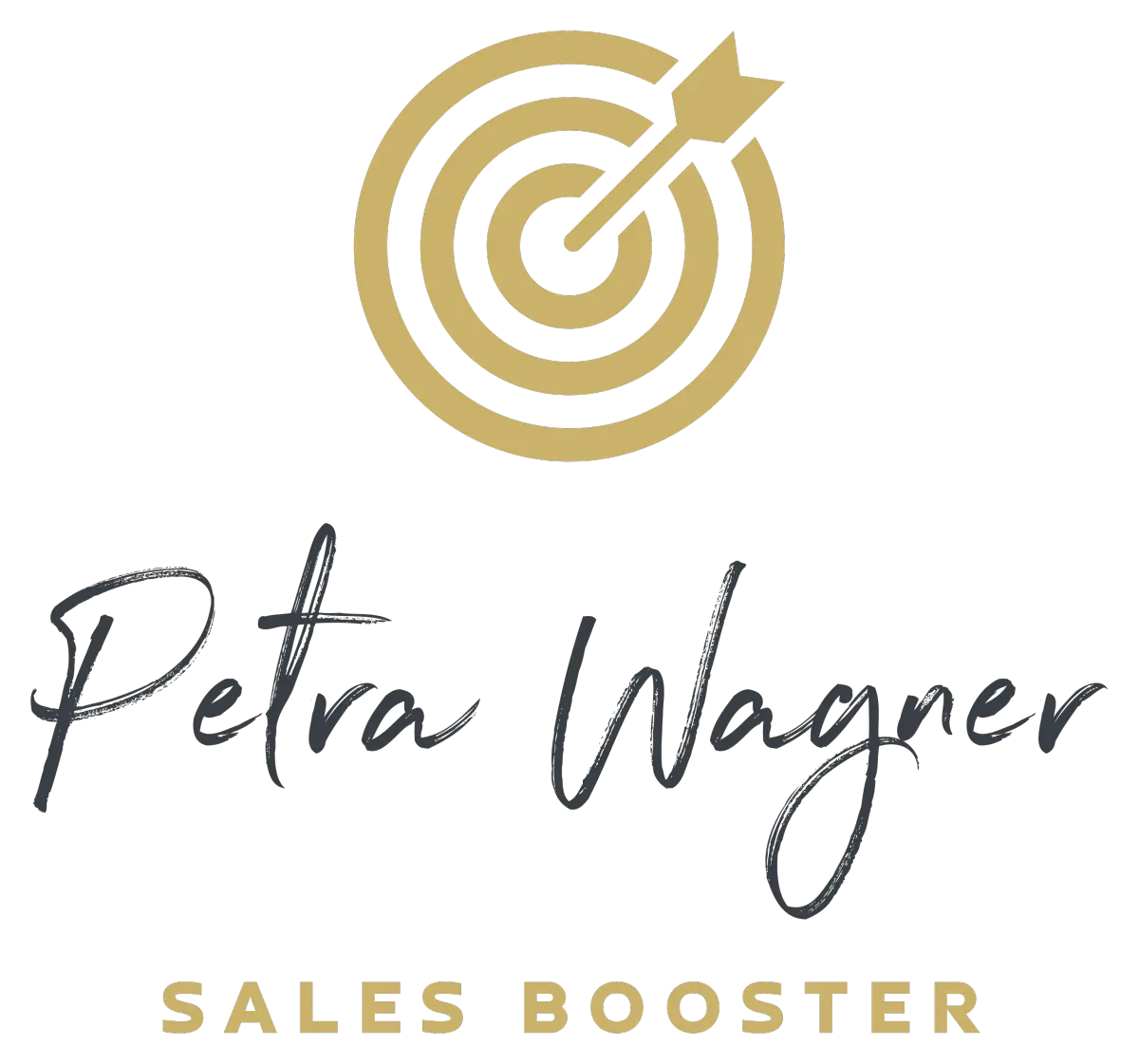
For B2B Tech Companies and Startups to Boost your sales effortlessly and say goodbye to the stress and pressure of selling


Breaking the Status Quo: Influenced by IBM Global Sales School
In the fast-paced world of sales, the difference between success and stagnation often boils down to one crucial factor: a compelling reason to act.
As a seasoned sales professional, I've witnessed firsthand how this powerful concept can transform hesitant prospects into decisive buyers.
Let me take you on a journey through my experience at IBM's Global Sales School and share the invaluable lessons I learned about driving sales forward.
My Journey at IBM Global Sales School: A Transformative Experience

My archive :)
In 2007, I had the privilege of attending IBM's renowned Global Sales School, an intensive 6-month program that brought together a diverse, international cohort of new hires. This experience profoundly shaped my understanding of sales and the importance of uncovering compelling reasons to act.
The program's structure was unique and immersive, featuring two 14-day on-site sessions in Austria complemented by remote learning. One of the most impactful aspects was the extensive use of role-plays, which put us in challenging, real-world sales scenarios.
During one particularly memorable simulation, we were tasked with convincing a skeptical client to adopt a new technology solution. The key to our success lies in identifying and articulating a compelling reason for the client to act immediately.
This exercise mirrored real-world scenarios where clients are often hesitant to change, teaching us the critical skill of turning potential objections into opportunities for engagement. Let's see fictional examples that you can reuse.
The Four Pillars of a Compelling Reason to Act
Drawing from my IBM training and years of experience, I've identified four key elements that create a compelling reason to act. Let's dive into each one:
1. Addressing Business Pressures: The Catalyst for Change
Identifying and addressing the challenges your prospects face is crucial.
According to a recent study by Gartner, 77% of B2B buyers state that their latest purchase was very complex or difficult. By showing how your solution can alleviate their specific pain points, you're more likely to capture their attention and motivate action.
Example: When working with a retail client facing inventory management issues, you can demonstrate how your AI-powered solution could reduce stockouts by 30% and overstocking by 25%, directly addressing their primary business pressure.
2. Highlighting Economic Impact: Speaking the Language of Decision-Makers
Engaging the economic owner - the person responsible for financial outcomes - is critical.
A study by Forrester found that 74% of business buyers conduct more than half of their research online before making an offline purchase. This means you need to clearly demonstrate the tangible benefits and ROI your solution offers.
Example: For a manufacturing client, you can create a detailed cost-benefit analysis showing how your process optimization software could lead to a 15% reduction in operational costs within the first year, with an expected ROI of 300% over three years.
3. Defining Clear Timelines: Creating Urgency
Tying the need to a specific deadline or event creates urgency and pushes prospects to act sooner.
Research by Sales Benchmark Index shows that deals with a clear timeline are 80% more likely to close than those without.
Example: When working with a healthcare provider, you should align your implementation timeline with the upcoming regulatory changes, emphasizing the need to have a compliance management system in place before the new regulations take effect.
4. Promising Significant Outcomes: Painting a Picture of Success
Ensure your prospects understand the substantial results they can achieve.
A study by Corporate Visions found that 74% of buyers choose the sales professional who was first to add value and insight.
Example: For a financial services client, you project how your customer analytics platform could increase customer retention by 20% and boost cross-selling opportunities by 35% within the first 18 months of implementation.
Call to Action: Transform Your Sales Approach
As sales professionals, it's our job to illuminate the path forward for our prospects.
By mastering the art of uncovering and articulating compelling reasons to act, you can significantly boost your sales success.
I challenge you to apply these principles in your next sales interaction.
🎯 Identify your prospect's business pressures,
🎯 calculate the economic impact of your solution,
🎯 create a sense of urgency with clear timelines, and
🎯 paint a vivid picture of the outcomes they can achieve.
A compelling reason to act is the catalyst that transforms a passive prospect into an active decision-maker.
Master this skill, and watch your sales soar! 🚀💼


